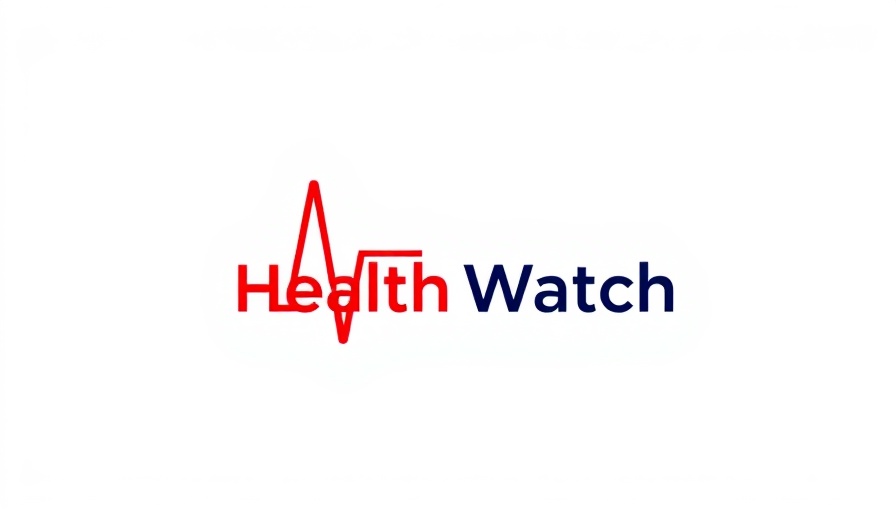
Understanding the Increasing Burden of Blindness and Vision Loss
Blindness and vision loss (BVL) pose significant challenges not just to those experiencing them, but to global public health systems. The recent findings from the Global Burden of Disease Study 2021 reveal alarming trends indicating that BVL, predominantly caused by non-communicable diseases (NCDs), has surged from 1990 to 2021. The situation presents itself as a cry for urgent measures in health management and prevention strategies.
Statistics Unveiling the Reality
In 2021, a staggering 1,475 million cases of BVL attributed to NCDs were reported globally. This data shows a steep increase in vision impairment conditions, compelling evidence that demands attention. Notably, women, older adults, and individuals residing in regions characterized by lower socioeconomic development indexes (SDIs) face significantly higher rates of BVL. Such disparities speak volumes about access to healthcare resources and societal inequities.
Impact of Non-Communicable Diseases
NCDs, including conditions such as cataracts, glaucoma, and age-related macular degeneration, have been leading causes of vision impairment, as indicated in the systematic analysis. The intersection between increased life expectancy, aging populations, and the growing prevalence of lifestyle diseases like obesity and diabetes aggravates these issues. It is critical to recognize how socioeconomic changes drive these trends and the importance of comprehensive educational programs that raise awareness about eye health.
The Role of Global Initiatives
The World Health Organization's initiative, “VISION 2020: The Right to Sight,” was launched to combat avoidable blindness. However, progress has stagnated in areas where healthcare systems are struggling. The government and health authorities need to reinvigorate their efforts to address the root causes of vision loss, particularly in less developed regions. Prevention strategies must prioritize education about eye health and accessibility to no-cost treatment options to ensure effective interventions.
Emphasizing Individual and Community Action
Individuals and communities can make significant changes by prioritizing eye examinations, particularly for at-risk populations. Creating programs that target education about the effects of diabetes and hypertension on eye health can empower communities to take proactive measures. Early intervention is crucial in reducing rates of serious conditions leading to vision loss.
A Future We Can Shape Together
The challenge ahead is significant, but the ripple effect of concerted efforts can forge a path toward mitigating the burden of BVL. As we look toward 2045, it is imperative to adopt a multi-faceted approach that encompasses community engagement, healthcare accessibility, and health system improvements to respond adequately to this impending crisis. Change starts with awareness—starting conversations about vision health today can lead to a brighter future for countless individuals.
Final Thoughts
As the burden of blindness and vision loss grows, the challenge now lies in mobilizing effective strategies across all sectors of society. Awareness and action can foster a collective effort to combat the rising tide of vision impairment due to non-communicable diseases. Finding innovative solutions requires commitment, collaboration, and community-driven initiatives.
 Add Row
Add Row  Add
Add 




Write A Comment